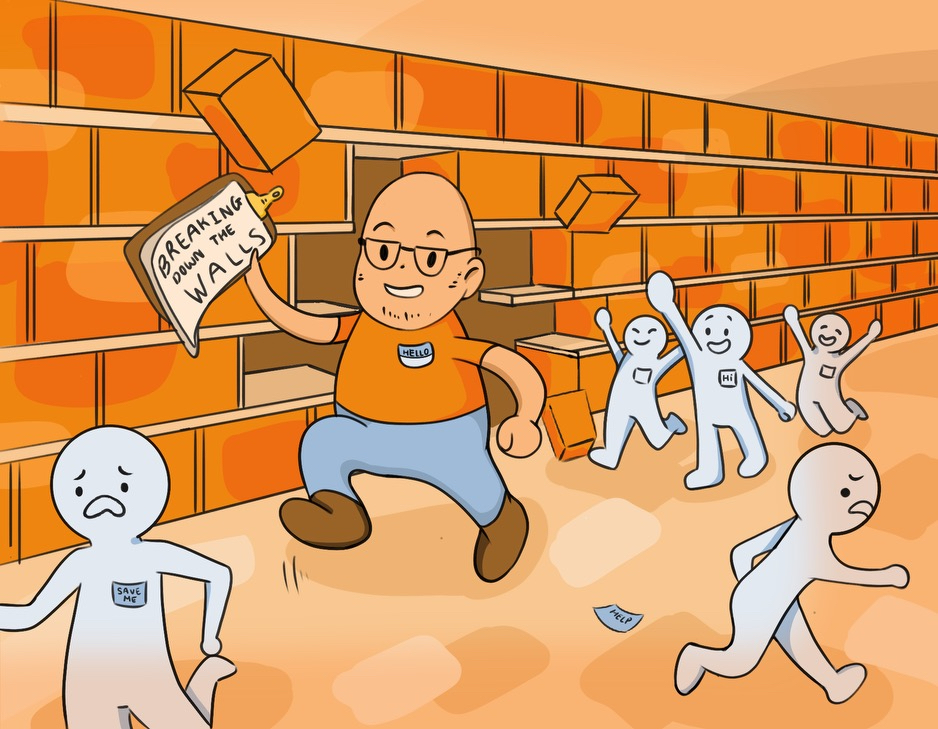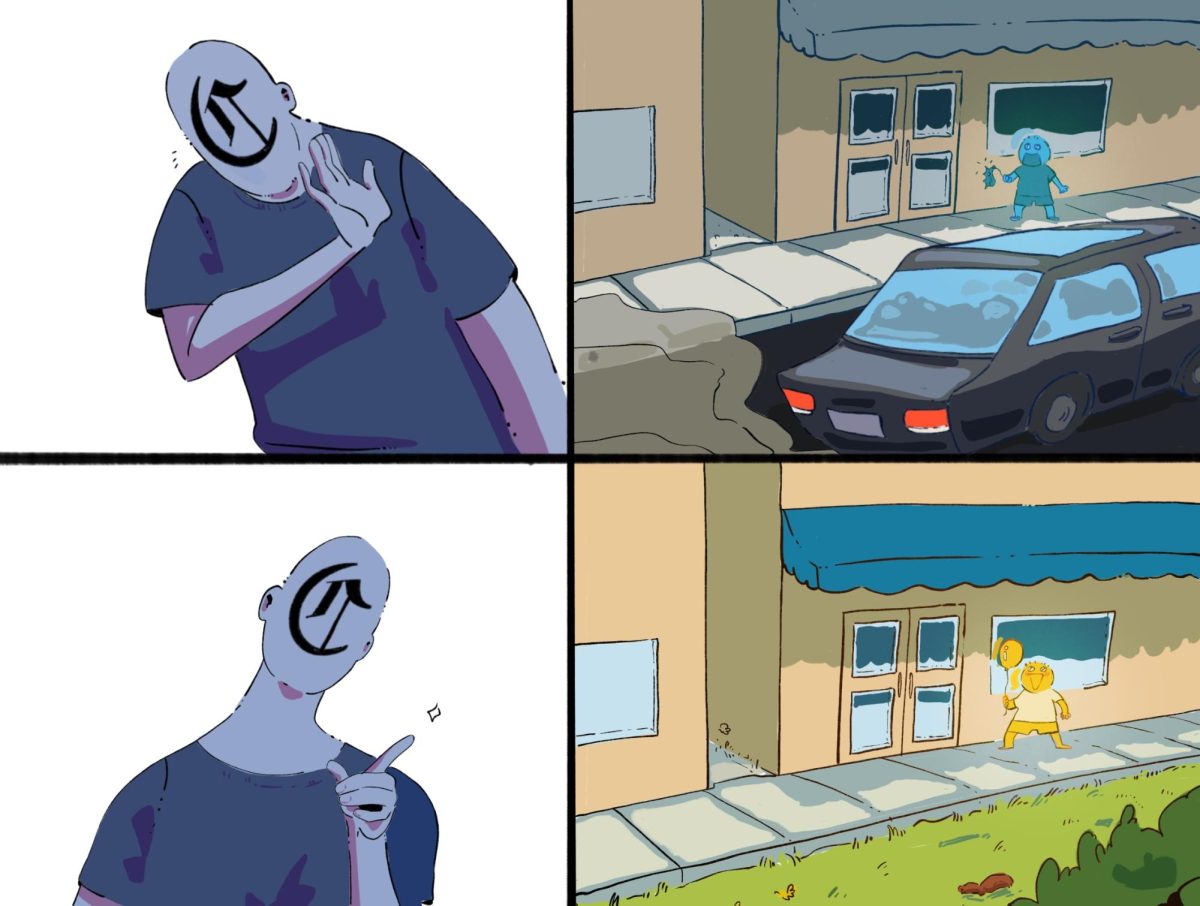Palo Alto High School is home to a scenic campus, state-of-the-art facilities, top test scores, unique project learning opportunities — and an embarrassing achievement gap.
While enrichment programs like Advanced Authentic Research (AAR) and Science Research Project (SRP) are not exclusive to any particular demographic of Paly students, African-American, Hispanic and low-income students are not receiving equivalent advertising and access to these courses. From 2011-2013, not a single African-American or Hispanic student was enrolled in SRP out of the program’s 41 participants.
According to Palo Alto Unified School District’s (PAUSD) first results of Common Core testing in 2015, only 37 percent of low-income students compared to 87 percent of the remaining students met or exceeded the standard for English language arts. Similarly, 39 percent of low-income students met or exceeded standards in math as opposed to 87 percent of the remaining students.
The Campanile believes that it is important to make it a priority to close the achievement gap. Although PAUSD’s Board of Education has already acknowledged the achievement gap as a prominent concern and has begun to take appropriate steps to alleviate the issue, the community, especially staff and department heads, must take more initiative to ensure equal allocation of resources among students of all incomes and ethnicities.
At Paly, there are currently no systems in place which incentivize low-income student participation in high-achieving programs. While organizations such as Advancement Via Individual Determination (AVID) and Focus on Success encourage students to maximize their academic potential, they do not explicitly direct students toward participating in AAR and SRP. It is particularly important to invest resources among lower-income students by directing them towards the research programs; the majority of higher-income students already have a disproportionate amount of access to enrichment resources without assistance from administration.
What closing the achievement gap boils down to is providing equal resources, not a competitive advantage, to underrepresented high schoolers. To temper the current inequality at Paly, the administration should focus on bolstering financial assistance for low-income students’ participation in extracurricular activities, as well as producing newsletters and pamphlets aimed at informing low-income families about enrichment programs. Teachers should, in turn, increase their own awareness of the achievement gap and subsequently foster more individualized interactions with low-income students. Examples of such interactions might include scheduling one-on-one conferences and verbally encouraging low-income students to enroll in the most challenging classes.
It is increasingly evident that the achievement gap will not close by itself. Paly is thus at an extremely crucial juncture, with the option to continue the status-quo, or make a significant difference in the lives of students of all incomes and ethnicities. The Campanile urges the administration to take the necessary steps to achieve the latter.






